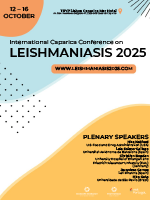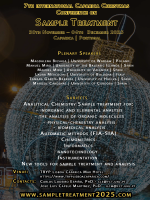Iberian Lynx (Lynx pardinus) from the captive breeding program as reservoir of antimicrobial resistant enterococci and Escherichia coli isolates
DOI: 10.5584/jiomics.v3i2.142
Abstract
A total of 98 faecal samples from captive specimens of Iberian lynx were collected and analysed for enterococci (96 isolates) and Escherichia coli (90 isolates) recovery. These 186 isolates were tested for antimicrobial resistance, molecular mechanisms of resistance, and detection of virulence genes. Among the enterococci, Enterococcus hirae was the most prevalent species (35 isolates), followed by Enterococcus faecalis (30 isolates), Enterococcus faecium (27 isolates), and Enterococcus durans (4 isolates). High rates of resistance to tetracycline, erythromycin and high-level-kanamycin were detected among enterococcal isolates (41%, 26%, and 19%, respectively). The tet(M) and/or tet(L), erm(B), aac(6′)-Ie-aph(2″)-Ia, ant(6)-Ia, or aph(3′)-IIIa genes were detected among resistant enterococci. Likewise, high rates of resistance were detected in E. coli isolates to tetracycline, streptomycin, sulfamethoxazole-trimethoprim (SXT), nalidixic acid, ampicillin, and ciprofloxacin (34%, 28%, 26%, 21%, 17%, and 16%, respectively). Furthermore, the blaTEM or blaSHV, tet(A) and/or tet(B), aadA or strA-strB, aac(3)-II and/or aac(3)-IV, and different combinations of sul genes were detected among most resistant isolates. Fifteen isolates contained class 1 and/or class 2 integrons and 3 different gene cassette arrays were identified (aadA1, dfrA1+aadA1, and estX+psp+aadA2). The E. coli isolates were ascribed to phylo-groups A (12%); B1 (40%); B2 (37%), and D (11%), being fimA the most prevalent virulence gene (n=84), followed by aer (n=13), cnf1 (n=13), papC (n=10) and papG-allele III (n=9). This study showed specimens of Iberian lynx acting as reservoirs of resistance genes, and in future (re)introductions they could spread resistant bacteria throughout the environment.









